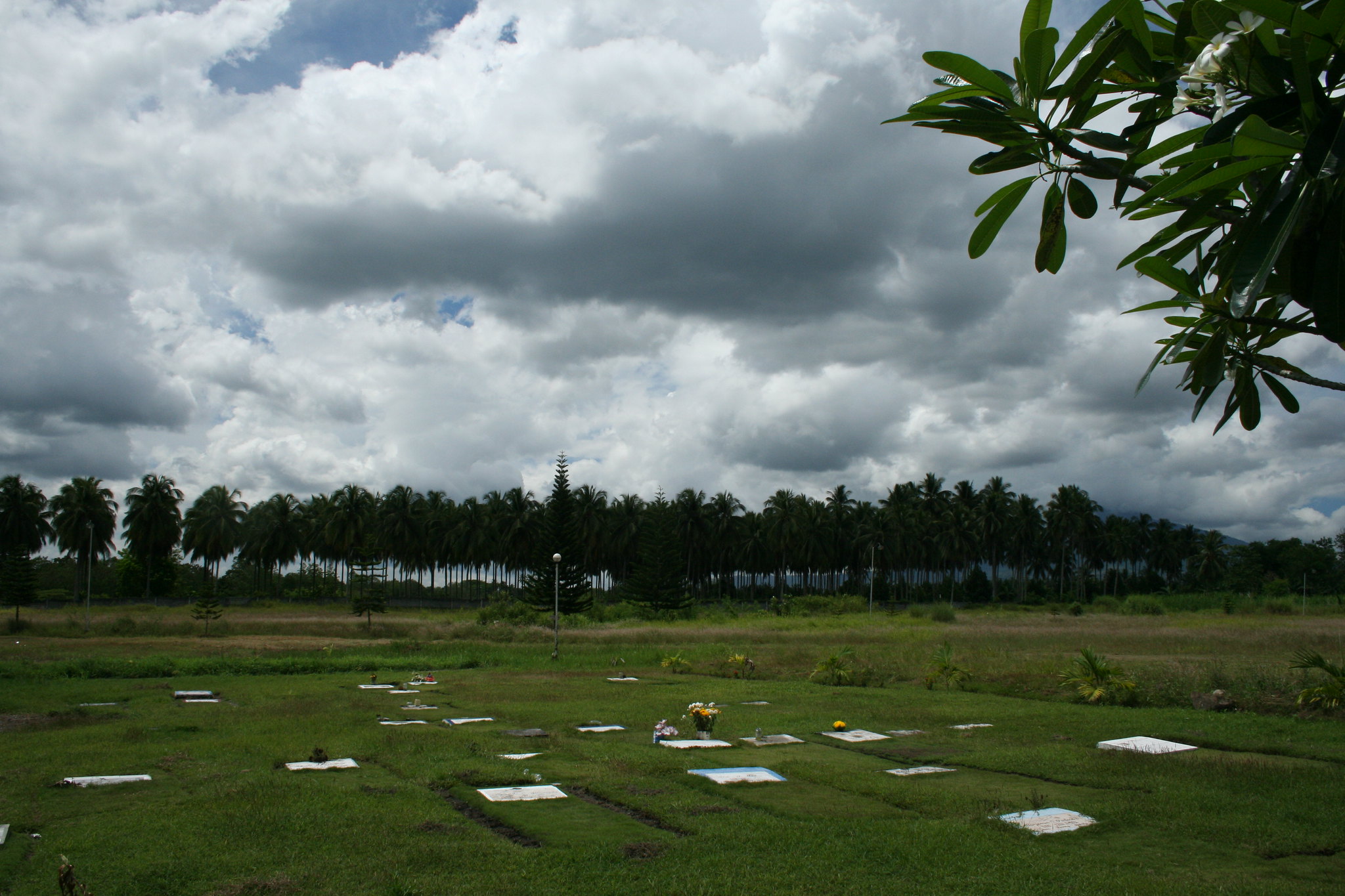All Saints’, All Souls’, 2 different days for the dead

But while these days are, by all means, occasions for remembering the dead, November 1 or All Saints’ Day is intended as a time to honor all saints, known and unknown, along with filling in any shortage of feasts involving saints within the year, according to the Catholic website, New Advent. (File Photo: Gary Todd/Flickr, Public Domain)
MANILA — Filipinos all over the country take advantage of the first two days of November to pay respects to their departed loved ones, as well as reunite with their kin and old friends.
But while these days are, by all means, occasions for remembering the dead, November 1 or All Saints’ Day is intended as a time to honor all saints, known and unknown, along with filling in any shortage of feasts involving saints within the year, according to the Catholic website, New Advent.
On the other hand, every November 2 or All Soul’s Day, the Christian faithful are urged to pray for the souls of their fellow believers who have died, to help them be cleansed of their past sins that prevent them from getting to heaven.
Remembering the dead has been a practice throughout Christian history.
Pope Boniface IV in 609 AD decreed that the tradition in remembering saints should include all martyrs, which produced the Feast of All Holy Martyrs that used to be celebrated on May 13, according to a BBC report.
The reason for May 13 is that a feast for martyrs has existed in the Eastern church, falling under the same date, which coincided with Boniface IV’s dedication of the Pantheon temple in Rome to a church consecrated to the Virgin Mary and all martyrs.
The current date of All Saints’ Day was a result of Pope Gregory IV’s actions, together with the decree of Holy Roman Emperor Louis the Pious in 837 AD, that changed the Feast of All Holy Martyrs to the day on November 1 we know today.
Likewise, the observance of All Souls’ Day on November 2 was the result of a practice by Saint Odilo, Benedictine abbot of Cluny in France, who set the date in 998 AD to offer prayers for souls in purgatory.
The practice has since spread throughout the Western church, giving Christians the two days of remembrance for the souls who are in heaven and for those who are in the process of purification.
The Catholic website ChurchPOP, meanwhile, noted that All Saints’ Day and All Soul’s Day were traditionally part of a triduum or three days of observance in the Roman Catholic Church known as Allhallowtide, which commemorated all the faithful departed, including saints and martyrs, which begins on October 31.
The celebration we now know as Halloween is actually a shortened name for All Hallows’ Eve, a vigil in preparation for Hallowmas (which is a combination for the word hallow, meaning “saint”, and mas or short for “mass”) that would later become All Saints’ Day on November 1.
Today, Halloween is seen as an event for costume parties depicting the macabre and supernatural, while All Saints’ Day and All Souls’ Day are combined as a time when people flock to cemeteries to offer candles, flowers, and prayers at the graves of family members.
For Christians around the world, including Filipinos, November 1 and 2 give a much-needed opportunity for people to honor their loved ones who have passed on, reciting prayers so that their souls may finally be at peace.





















